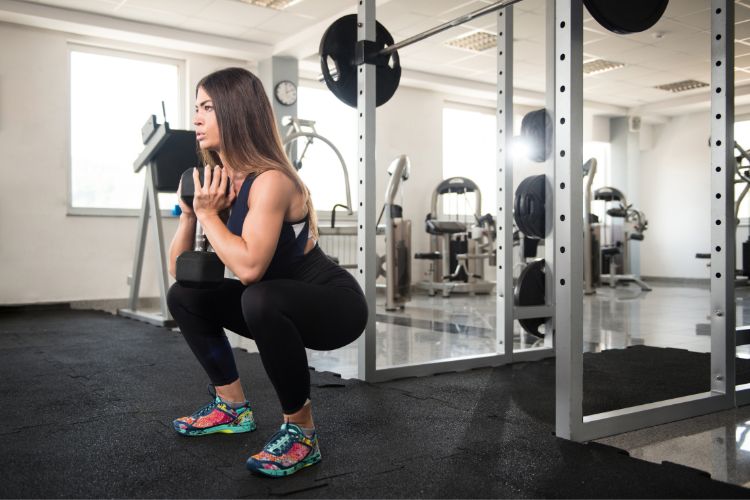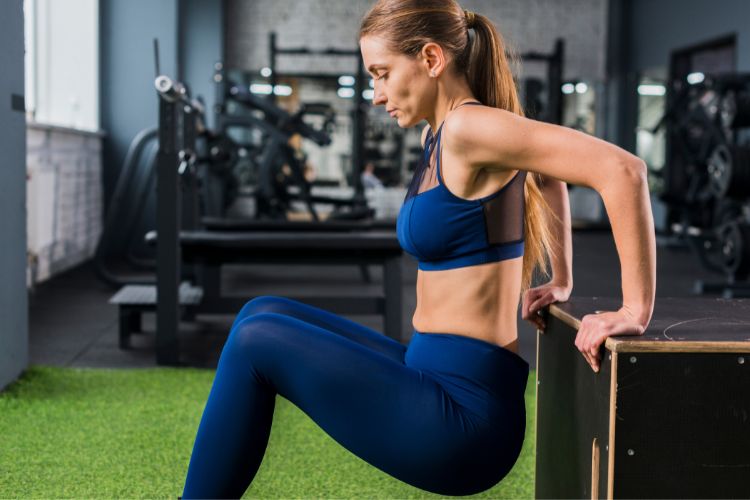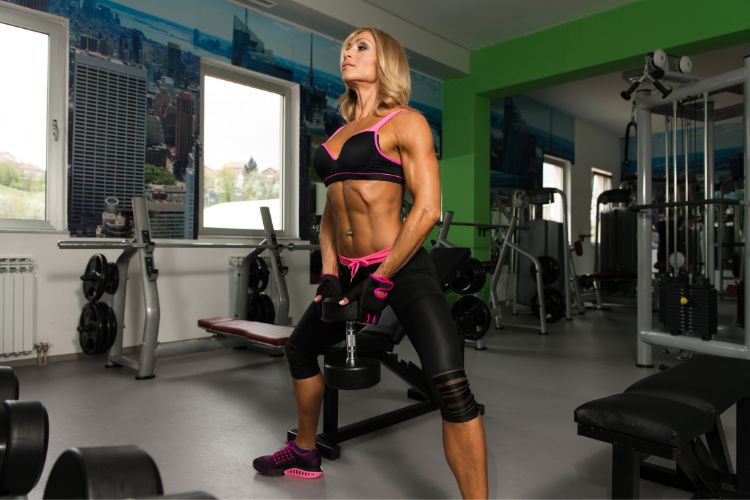Sign up for workout ideas, training advice, reviews of the latest gear and more.






Leg day is one of the most crucial parts of any strength training or fat-burning routine. Whether you’re working out at home or in the gym, you don’t need hours to build powerful glutes, hamstrings, quads, and calves. With the right structure, a 30-minute leg day workout can deliver serious results. In this guide, you’ll learn how to maximize your time and hit every major lower body muscle group in just half an hour.
From beginner-friendly movements to advanced combinations using weights and plyometrics, this post offers a complete blueprint for building stronger legs efficiently.
You don’t need long sessions to build muscle or burn fat—what matters most is intensity, consistency, and structure. A 30-minute leg workout is effective because it:
By focusing on compound movements, supersets, and circuit formats, you stimulate more muscles in less time—perfect for busy schedules.
Strong legs are the foundation of your fitness. A focused 30-minute session helps develop key strength for everyday movement and sports performance.
Leg workouts engage large muscle groups, which increases calorie burn both during and after your workout through EPOC (Excess Post-Exercise Oxygen Consumption).
Many leg exercises like squats, lunges, and step-ups also activate the core, giving you more value in less time.
Working on single-leg movements, plyometrics, and tempo exercises in a time-efficient routine improves coordination and stability—key for injury prevention and functional fitness.
The goal is to combine strength, volume, and cardio conditioning into one powerful lower-body session. Here’s how to structure it:
Each segment has a purpose—warm up muscles, lift heavy (or with tempo), build volume with minimal rest, then finish strong with a challenging burnout.
You can perform these workouts with or without equipment, but here are some tools to level up your leg day:
Whether you’re working out at home or at the gym, these tools are easy to adapt into the plan.
Warm-Up (5 minutes):
Strength Block (10 minutes):
Superset Circuit (10 minutes):
Finisher (5 minutes):
This routine will leave your legs shaking and your heart racing—all in just 30 minutes.
Warm-Up (5 minutes):
Strength Block (10 minutes):
Superset Circuit (10 minutes):
Finisher (5 minutes):
This combo adds resistance training and metabolic conditioning, helping you grow muscle and improve endurance simultaneously.
Squats are the king of leg exercises—targeting the quads, hamstrings, glutes, and core. Modify with tempo, weights, or jump variations.
Forward, reverse, and walking lunges help develop single-leg strength and balance. They’re essential for athletic development and injury prevention.
Whether using dumbbells or a barbell, deadlifts target the posterior chain—hamstrings, glutes, and lower back—for maximum power.
These are fantastic for isolating and activating the glutes, often underused during other leg movements.
An advanced single-leg squat that challenges balance and builds unilateral strength.
Great for quads and glutes, especially when combined with weights. These mimic real-life movement and boost explosive strength.
| Day | Focus |
|---|---|
| Monday | Strength (Dumbbell Workout) |
| Wednesday | Plyometric/Bodyweight Workout |
| Friday | Volume & Glute Isolation |
| Sunday | Active Recovery (light yoga or walking) |
A minimum of two focused 30-minute sessions per week can drive great results when paired with rest and nutrition.
Don’t underestimate post-leg day recovery—your muscles grow when you rest. Key recovery tips:
Your legs will thank you and come back stronger for the next round.
You don’t need hours in the gym to build strong, powerful legs. With the right structure, intensity, and consistency, a 30-minute leg day workout can deliver maximum strength, tone, and fat-burning potential.
Whether you’re using just your bodyweight or incorporating dumbbells and barbells, the key is smart programming. Embrace supersets, circuits, and focused muscle activation to crush leg day—even on your busiest schedule.
2–3 times per week is ideal, depending on your overall fitness plan and recovery.
Absolutely. Intensity, proper form, and progressive overload matter more than time spent.
Aim for a balanced meal with complex carbs and protein 60–90 minutes before. For example, oats and eggs or a smoothie with fruit and whey.
You can, but keep it short and separate from your strength session. HIIT or post-workout walking is a great option.
Stay up to date on the latest women’s health, fitness and lifestyle trends and tips.